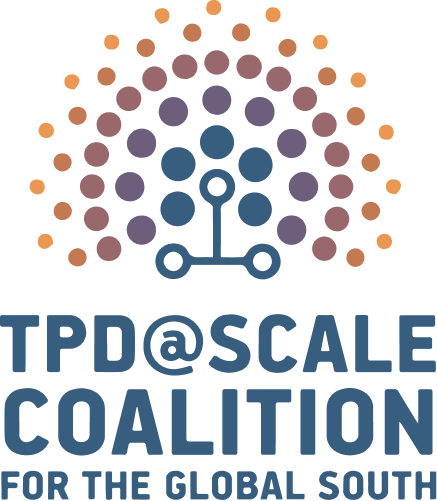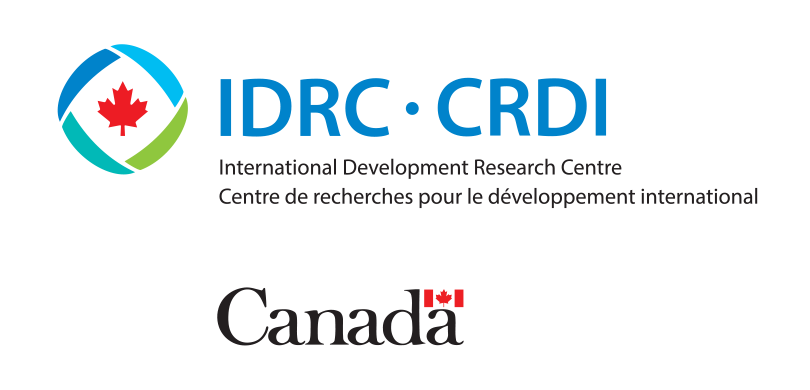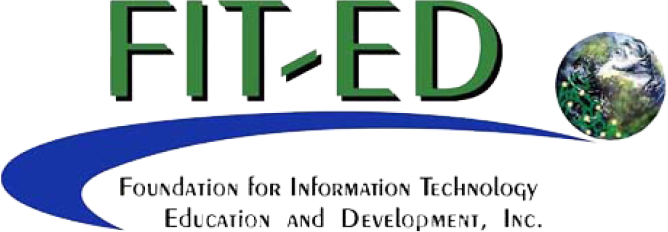Introduction
The provision of quality TPD at scale is imperative to support movement towards equity in learning for all students across the globe. Developing large-scale, high-quality TPD programs requires consideration of issues of magnitude and variation. In TPD provided on a small scale such as during a pilot, conditions can be chosen or adapted to achieve success, for example by working in schools with better connectivity or supportive school leaders. The same results can rarely be achieved by merely replicating the TPD program more widely with more teachers in more places. Furthermore, resource constraints, such as lack of funding or of skilled experts, often limit effective scaling.
To work effectively at a large scale, program designers need to consider how they manage available resources most effectively. It will not be possible to achieve the same results by merely replicating small-scale programs all over the country.
For example, we know that coaching is an effective form of TPD but it is highly resource intensive and there are often insufficient numbers of skilled coaches across the whole country. The temptation might be to use structured materials instead of coaches. There are indeed situations where structured interactive learning materials can fully replace in-person interactions, such as lectures or workshops, but they are rarely able to provide sustained follow up or support social learning. Designers will need to plan instead how to effectively harness their most valuable resource – the teachers themselves – for peer mentoring and peer assessment, among others.
TPD programs delivered at scale need to make appropriate provisions available across large numbers of different settings that may be highly dispersed. To do so successfully, program designers need to consider variations in teachers’ knowledge, skills, attitudes, and existing working patterns and practices as well as variations in school culture, resources, and priorities. All these need to be understood and considered, from the initial design stage through to program implementation and evaluation, using adaptive programming. The examples in this Compendium show how using ICTs can open up new possibilities in the design of large-scale TPD programs. Used in pedagogically sound ways, ICTs can facilitate the creation and delivery of high-quality, affordable TPD that is made available in different forms appropriate to the context and local needs.
However, successful scaled interventions must not only manage issues of magnitude and variation, they should also be sustainable, empowering local communities to own and sustain the reform in an equitable manner (Coburn, 2003). Many of the TPD@Scale programs described here ran for a fixed period but several of them, by working holistically across the system, disrupted existing models of large-scale TPD and prompted system shifts in TPD design, such as the Programa de Actualización Curricular Docente (PACD) in Ecuador (see Profile 16), Technology Enabled Education through Joint Action and Strategic Initiatives (Tejas) in India (see Profile 4), and Information Communication Technology for Rural Education Development (ICT4RED) in South Africa (see Profile 15). This bodes well for sustainability of the TPD@Scale approach and a shift from supply-driven provision to demand-initiated learning opportunities for professionals.
ICT-mediated TPD
Technology as a tool to support learning is a core feature of TPD@Scale programs. In particular, ICTs are seen to offer potential to improve equity, quality, and efficiency in TPD programs, specifically those involving large numbers of teachers. When describing the ways in which digital technologies are used, it is important to distinguish between the role played by the technology and the actual device or software used. While the nature and availability of ICTs are influential in what teachers are able and motivated to do at any one point in time or place, the form and availability of ICTs are liable to shift rapidly as infrastructure improves, the cost of devices diminishes, and teachers become more confident and skilled users of technology. For program sustainability, the focus needs to be on transforming TPD experiences through appropriate use of the affordances of ICTs rather than on selecting specific devices or software.
The programs featured in this Compendium illustrate four areas where ICTs support teachers’ professional learning in programs offered at scale, as shown in Figure 1. These areas are not discrete; for example, online courses often support communities of practitioners. However, this categorization may be helpful in identifying where ICTs might be used in TPD to alleviate some of the challenges of magnitude and variation associated with working at scale and to enhance quality and equity in TPD.
Figure 1. Uses of ICTs in TPD@Scale Programs
Technology enables content (e.g., teacher learning activities, classroom resources, and subject content) to be organized and distributed more easily to large numbers of teachers and hence to substitute for face-to-face teaching when working at scale. Equally important, the use of digital content enables curriculum designers to move towards full inclusion of all teachers through more easily creating different versions and modalities of the content in order to meet diverse learning needs.
The use of open licenses, as demonstrated in Teacher Education in Sub Saharan Africa (TESSA) (see Profile 2), Teacher Education through School-based Support in India (TESS-India) (see Profile 1), ICT4RED in South Africa, and the IT for Change projects in India, unlocks this adaptation process further by reducing resource demands and facilitating iterative enhancement of materials. The Zambian Education School-based Training (ZEST) program (see Profile 13), for instance, draws on TESSA open educational resources (OER) while the ICT4RED OER have been taken up by a range of subsequent programs. The use of OER enables teachers and other educators to exercise agency in adapting content for different linguistic, cultural, and curriculum contexts and specific professional learning needs (For further discussion on this localization, see Section 1).
How this learning content is accessed by teachers will depend on factors such as the facilities available to them, their digital skills and identity, and how the content is intended to be used. The programs described in this Compendium utilize a range of modes for content delivery including traditional print, e.g., ZEST; short messaging service or SMS, e.g., the UNESCO Mobile Project (see Profile 12); offline formats, e.g., Early Language, Literacy, and Numeracy Digital (see Profile 17); and fully online courses, e.g., massive open online courses or MOOCs as in the example from the Peking University X-Learning Centre (see Profile 9).
Digital technologies can facilitate the social interactions that are critical to learning and to integrating new approaches into teachers’ professional repertoire. Through participation in groups on social messaging or social media platforms, or
through online course forums, teachers can reflect with peers on how new practices are working and what is being improved;
through support from their peers, they may be encouraged to take risks to make changes in their practice. As yet there is only
limited understanding of how these informal online professional communities can best supply intellectual, social, and material resources for teacher learning. Nevertheless, teachers value participation in these online communities, as evidenced by initiation of these spaces by teachers themselves outside formal program structures. The TESS-India and Peking University MOOC programs provide evidence of this.
Digital technologies increasingly enable teachers who were previously isolated to work with peer or expert mentors in different geographic locations. These connections are critical to their identity as members of a professional community. In the Teachers for Teachers program in Kikuma, Kenya (see Profile 6), for example, teachers working in the difficult conditions of a refugee camp are connected to their peers within the camp and to mentors thousands of miles away through WhatsApp groups. Through these connections, teachers are able to regularly discuss their practice and receive specific, constructive suggestions about how to improve their teaching. In the Brazilian Ceará program (see Profile 7), on the other hand, Skype calls are combined with sharing of classroom videos through a secure site to enable remote mentoring for school-based pedagogical leaders.
Organization of the Compendium
The Compendium is organized into five sections, each illustrating how TPD developers have approached a specific “at scale” design challenge in different, often innovative ways depending on the context, professional learning needs of the teachers, and resources available. Many programs exemplify a number of these challenges and are cross-referenced. The focus throughout is on what can be achieved at scale across different settings while paying attention to features such as quality, equity, and efficiency where data is available.


